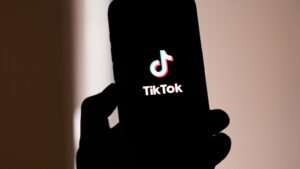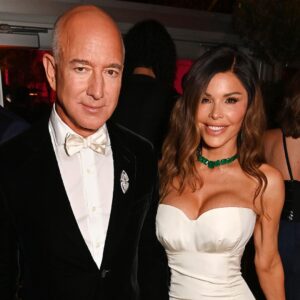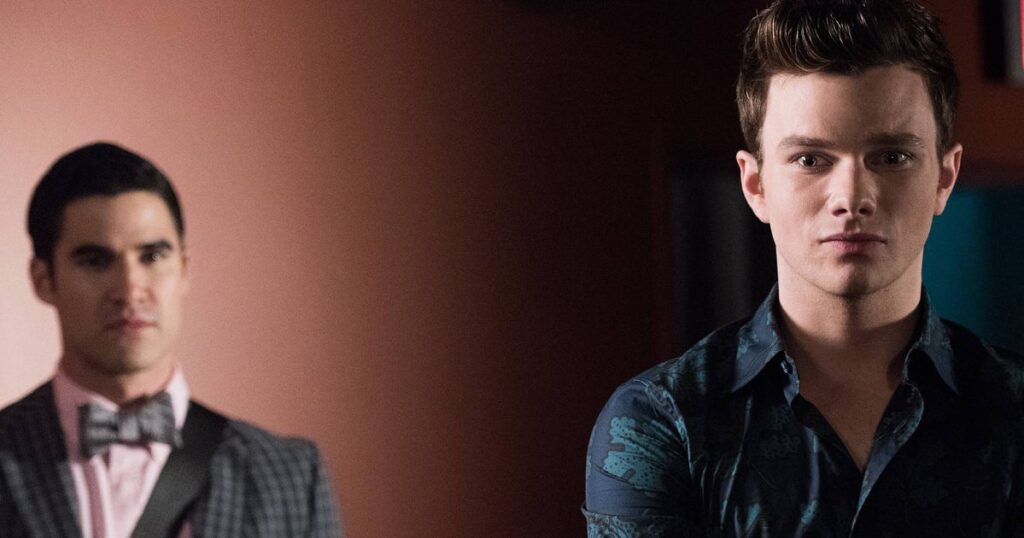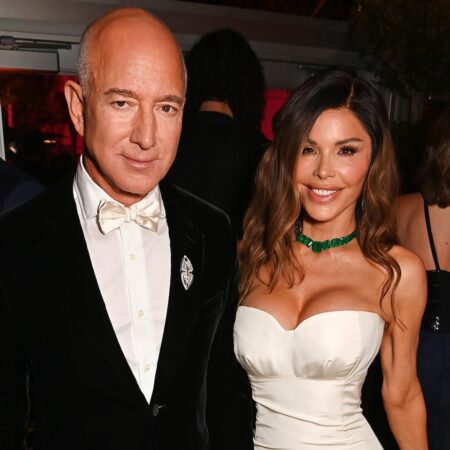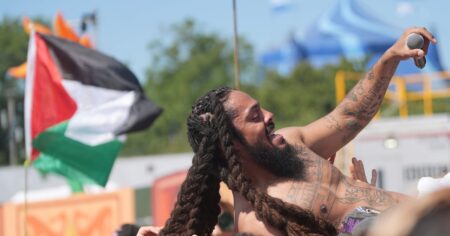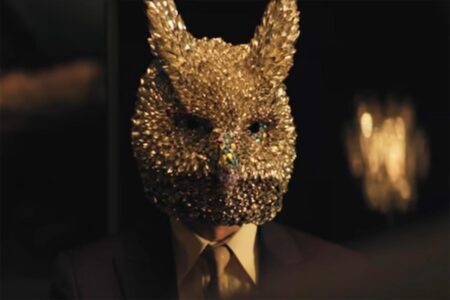I didn’t realize I was gay and queer until I was 14, years after first watching “Glee.”
I was in the sixth grade when Ryan Murphy’s musical teen dramedy debuted in 2009. The ambitious and boundary-pushing musical series explored what it meant to be an outsider, a nerd, a geek in teenage Middle America. “Glee” was a profound step forward in the modern representation of teendom in all its messy glory.
It was also an acquired taste.
I became a fan of the show once the titular glee club started doing entire episodes dedicated to the music of Madonna and Lady Gaga. The fast-paced, quick-witted adult humor was often still lost on me, but the show’s hook for me — and countless other teens watching it live, I can imagine — was its believable, realistic teen characters. The series was sometimes a lamplight showing me the way just before I entered high school.
My attention gravitated toward glee club member Kurt Hummel (Chris Colfer), whose gender presentation spoke for itself from the pilot episode. Four episodes in, when Kurt boldly says the words “I’m gay” for the first time on the series, it awakened something in me that I didn’t have the language or confidence to express for several more years. I briefly stopped watching it soon thereafter.
By the second season of “Glee,” I was a devoted fan. I owned multiple soundtracks on CD, and watched one of my first gay male romances on TV by way of Kurt and Blaine (Darren Criss). Watching them gave me butterflies, and I still didn’t know why.
In Season 2, Kurt was badly bullied by football player Dave Karofsky (Max Adler), during which it becomes apparent that Dave is also gay and projecting internalized homophobia. (It’s a tired trope now, but it was groundbreaking for a teen drama then). I’d also been bullied over my developing sexuality that year in school. By that time, Kurt and Blaine were firmly committed to each other, Karofsky attempts suicide when kids at his college find out about his sexuality, and Santana Lopez (Naya Rivera) comes out as a lesbian.
“Glee” was in its third season when I finally realized I was gay. My path to figuring out my sexuality was shaped by Santana the most. To this day, I can’t hear Adele’s “Rumor Has It” or “Someone Like You” without hearing the struggle and desperation in Santana’s voice as she belted out a medley just moments after being outed. Deep down I knew that my family would be accepting of my queerness, but Santana being so brutally rejected by her grandmother over being a lesbian could plant a seed of doubt in even the most secure queer teenager watching that episode.
Time and high school went on, both on the series and off. Most of the core characters continued on to college. I made my way through my own high school in one piece; I was still not out, but I was being bullied less. “Glee” came to a conclusion the same year I graduated in 2015.
To say that “Glee” maintains a beloved legacy in the lexicon of millennial television wouldn’t exactly be true. The series went off the rails later in its run, solidifying its apparent cultural irrelevance and turning it into a punchline-generating farce. (See also: the glee club covering “What Does the Fox Say” in Season 5.) Many of the teens of my era grew to disregard the show as childish and unhinged, something we watched because we weren’t yet very good judges of quality programming. Once the show ended 10 years ago, it was trendy and edgy to make fun of “Glee” on Twitter as threads of its most “problematic” moments continued to go viral.

The death of three of its young stars — Cory Monteith, Naya Rivera and Mark Salling — as well as stories of Lea Michele’s allegedly unruly on-set behavior didn’t help matters. Rather than be remembered for its stronger earlier seasons, for its boundary-pushing discussions of the social issues of the time, the legacy of “Glee” was tarnished.
In 2023, I started “Glee” over from the beginning; it was the first time I was seeing it again since it aired. It had been something I’d wanted to rewatch for years, secretly hoping it wasn’t as bad as I remembered. What followed was a deeply healing viewing experience.
Rewatching “Glee” for the first time since I was a teenager felt like the equivalent of an older person telling younger people to go easy on themselves now, because they’ll look back on old photographs one day with much kinder eyes. There was so much I didn’t know about myself when I watched the show as a teenager, beyond that I, too, liked reenacting music videos on YouTube in my parents’ basement — although with not as much flair as Kurt Hummel.
I also realized that I spent far too much time as a teenager being angry at “Glee.” I was mad that it felt like it was all I had as far as onscreen representation, but also that everyone my age thought all gay boys were like Kurt, when that’s not the case.
I was mad that the representation, whether of teenagers or queerness, was not completely akin to my own real-life experience — this show was my lifeline, the least it could have done was conform to my limited perception of reality, right? I scoff at that notion now, understanding how lucky I was to have queer representation like “Glee” when I was coming to terms with my own sexuality. Perhaps I would have been less kind upon rewatching if I found that “Glee” had in fact aged poorly, that the cultural punchline it became had been warranted. But that couldn’t be further from the truth.
What shocked me the most upon revisiting “Glee” is that the character who best represented my own inner turmoil as a teen was bully Dave Karofsky. I never bullied others, but I was the biggest bully to myself, becoming my own worst critic from such a young age. Any animosity or resentment I had toward “Glee” and how I felt it let me down was in fact a product of my own internalized homophobia. Watching it in my late 20s with no preconceived notions, the awkwardness of adolescence long behind me, I realized it was never the show I was mad at.
I was mad at myself all those years.
It was so freeing to finally heal my teenage self, to forgive him for what he couldn’t have known at the time. And I also realized how lucky I was for this show to inform the person I would become.
“Glee” is streaming on Hulu.
Read the full article here
